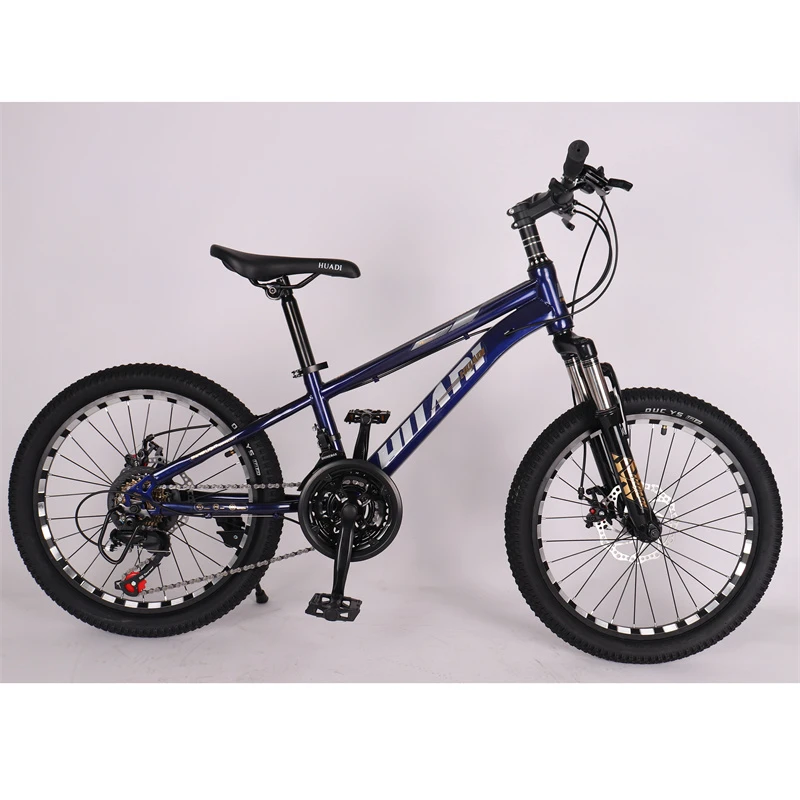Exploring the Best Materials for Mountain Bike Durability and Performance
The Evolution of Mountain Bike Materials
Mountain biking is a sport that combines adventure, endurance, and technical skill, and its growth over the years can largely be attributed to advancements in materials used in the construction of bikes. The choice of material not only affects the bike’s weight, strength, and durability but also influences ride quality and performance. Over the years, mountain bikers have seen a revolution in materials, leading to a wide array of options for both amateur and professional riders.
Steel The Classic Choice
Steel was one of the first materials used in mountain bike frames. Known for its strength and durability, steel frames are capable of withstanding rough terrains and significant impacts. Steel is also relatively easy to repair, making it a popular choice for riders who seek longevity and reliability. However, steel is heavier than other modern materials, which can be a drawback for those who prioritize speed and agility. While steel frames are less common today, they are still cherished by some cyclists for their ride quality and the nostalgic feel they provide.
Aluminum Lightweight and Affordable
In the 1980s and 1990s, aluminum emerged as a game-changer in the mountain biking world. Much lighter than steel, aluminum frames allowed for faster climbs and easier maneuverability on technical trails. Aluminum is also more resistant to corrosion, making it ideal for various weather conditions. Its affordability further contributed to its popularity among recreational cyclists. However, while aluminum can offer good stiffness and strength, its fatigue life can be shorter than that of steel, which means that high-stress situations can lead to frame failure over time.
Carbon Fiber The Premium Option
mountain bike material

Carbon fiber has revolutionized the construction of mountain bikes since its introduction in the early 2000s. This material is known for its incredible strength-to-weight ratio, allowing manufacturers to create frames that are both lightweight and rigid. Carbon fiber excels in vibration dampening, providing a smoother ride over rough terrain compared to both steel and aluminum frames. However, this high-performance material comes at a cost—both financially and in terms of fragility. Carbon fiber frames are more susceptible to damage from sharp impacts, and once compromised, they are challenging to repair.
Titanium The Best of Both Worlds
Titanium is often regarded as the gold standard for mountain bike materials due to its optimal blend of strength, lightweight characteristics, and corrosion resistance. Titanium frames can absorb vibrations effectively, enhancing rider comfort over extended rides. However, they are generally more expensive than both aluminum and carbon fiber frames, making them less accessible to the average consumer. Despite the cost, titanium has a loyal following among enthusiasts who appreciate its unique ride characteristics and durability.
The Future of Mountain Bike Materials
As technology continues to evolve, so do the materials used in mountain bike construction. Innovations such as advanced alloys, multi-material frames, and sustainable options are constantly being researched. Engineers are exploring ways to combine different materials to optimize performance while minimizing weight and maximizing durability. Moreover, the increasing focus on sustainability is prompting manufacturers to consider eco-friendly materials and manufacturing processes, which could lead to exciting developments in the coming years.
In conclusion, the progression of mountain bike materials from steel to aluminum, carbon fiber, and titanium has drastically changed the landscape of the sport. Each material offers distinct advantages and disadvantages, catering to a wide range of riding styles and preferences. As technology advances, the future promises even more innovative materials that will continue to enhance the experience for mountain bikers around the globe. Whether you’re a weekend rider or a seasoned competitor, understanding these materials can help you make informed decisions when selecting your ideal mountain bike.
-
Why Ride On Toys Are Every Kid’s FavoriteNewsApr.03,2025
-
Why a Mountain Bike is Perfect for Outdoor AdventuresNewsApr.03,2025
-
Why a Baby Tricycle is the Perfect First RideNewsApr.03,2025
-
The Joy of Learning with a Kids Balance BikeNewsApr.03,2025
-
The Fun and Benefits of a Childrens ScooterNewsApr.03,2025
-
Find the Perfect Kids' Bikes for Fun and AdventureNewsApr.03,2025
-
Perfect Color for Your Mountain BikeNewsFeb.27,2025








